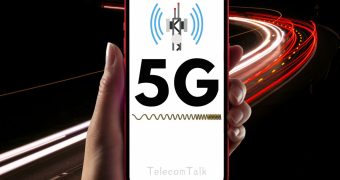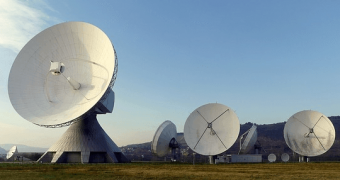
A dispute has arisen between Boeing, the prominent US aircraft manufacturer, and Indian telecommunications companies over the implementation of 5G technology near airports. Boeing has expressed concerns regarding the current mitigation measures in place in India, stating that they are inadequate to ensure the safety of aircraft operations. The company is demanding a no 5G zone within a radius of 3.2 miles (5.1 kilometres) around airports, significantly expanding the current restriction of 2.1 kilometres.
According to an ET Telecom report, telcos in India have opposed Boeing's demand, arguing that accepting it would impact numerous cities across the country, as many airports are located in the heart of urban areas. The operators contend that barring the use of the 3300-3670 MHz spectrum for 5G services within a 5 km range around airports would be impractical and detrimental to the implementation of 5G in the country.
Read More - 5G Near Airports: DoT Talking with DGCA and MCA
Boeing has emphasized its concerns regarding aircraft deviation from the runway's center line and glide slope during the approach, which the existing mitigation measures fail to address. The aircraft manufacturer believes that taking these factors into account would necessitate a larger safety zone than the current 2.1 km radius. To provide a permanent solution, Boeing suggests modifying the altimeters of aircraft.
In response, the telecom operators have proposed configuring 5G equipment in a manner that would allow for a reduction in the existing 2.1 km runway safety zone, thereby enabling the provision of 5G services around airports.
The Department of Telecommunications (DoT) has requested Boeing to provide calculations supporting its suggested safety zone of 3.2 miles. The DoT had previously directed all mobile operators to avoid installing 5G sites within 2.1 kilometres of both ends of runways at Indian airports to prevent interference with aircraft radio frequencies.
As the debate continues, it remains to be seen how the Indian government and relevant authorities will address the concerns raised by Boeing while balancing the interests of the telecommunications industry and ensuring aviation safety. The decision will have significant implications for the deployment of 5G technology in India and its impact on air travel infrastructure.















